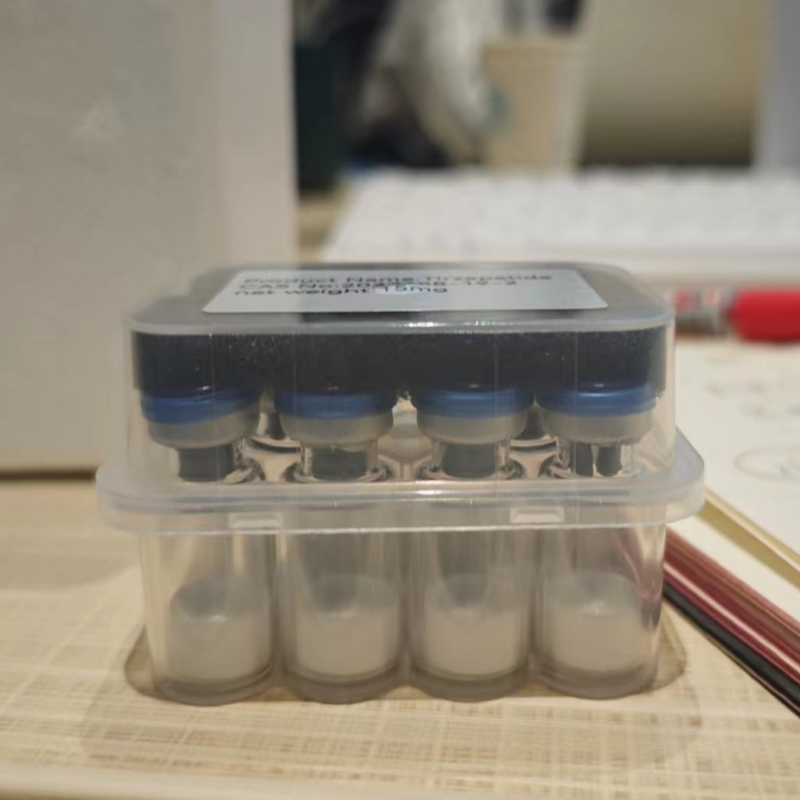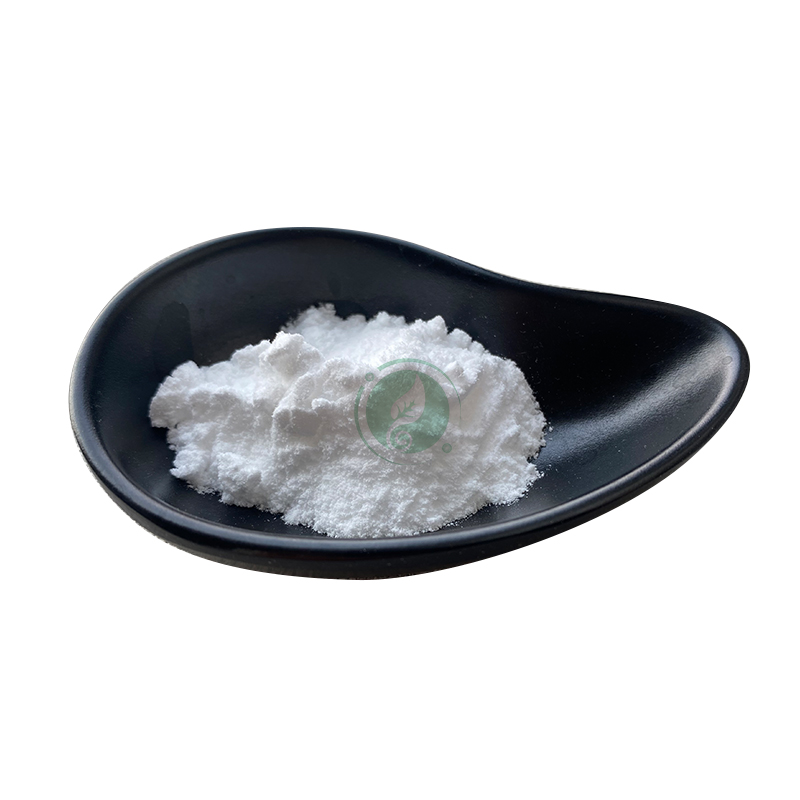-
Categories
-
Pharmaceutical Intermediates
-
Active Pharmaceutical Ingredients
-
Food Additives
- Industrial Coatings
- Agrochemicals
- Dyes and Pigments
- Surfactant
- Flavors and Fragrances
- Chemical Reagents
- Catalyst and Auxiliary
- Natural Products
- Inorganic Chemistry
-
Organic Chemistry
-
Biochemical Engineering
- Analytical Chemistry
-
Cosmetic Ingredient
- Water Treatment Chemical
-
Pharmaceutical Intermediates
Promotion
ECHEMI Mall
Wholesale
Weekly Price
Exhibition
News
-
Trade Service
Single-cell sequencing (scRNA-seq) has high requirements for the cell viability and cell number of the prepared cell suspension, and fresh samples must be required, but there are a large number of precious samples in the frozen sample library, such as brain tissue , Heart tissue, tumor tissue, etc.
cannot perform scRNA-seq.
The emergence of single-cell nuclear transcriptome sequencing has greatly solved this problem
.
Single Nuclei RNA Sequencing (Single Nuclei RNA Sequencing, snRNA-seq): by extracting sample single-cell nuclei, and then separating and labeling the nucleus, the technology of nuclear gene expression detection is studied at the single-cell level
.
It provides a single-cell level research application platform for brain tissue, heart, kidney and other complex tissues or some rare cryopreserved samples, which can explore more potential pathogenic cell types and make it easier to explore tumor cell heterogeneity and pathogenic mechanisms
So, when do scRNA-seq and snRNA-seq are used? What are their advantages and disadvantages? The following editor will summarize
.
Single-cell nuclear sequencing (snRNA-seq) application
1.
Tumor cryopreserved samples
Research purpose: Use single-core RNA sequencing (snRNA-seq) and single-cell DNA sequencing to study whether the resistance of triple-negative breast cancer is caused by the selection of rare existing clones, or by obtaining
sample information caused by new genomic aberrations : 8 three-negative breast cancer cryopreserved tissue
sequencing strategies: 10x platform, single-cell nuclear sequencing (snRNA-seq) and single-cell DNA sequencing
Number of captured cells: 6862 nuclei (snRNA-seq), 900 nuclei (single-cell DNA-seq) )
Conclusion: The drug-resistant genotype is pre-existing and adaptively selected by NAC, while the transcription profile is obtained by reprogramming chemotherapy for TNBC patients
2.
Cryopreserved samples of brain tissue
Research purpose: Using single-core RNA sequencing (snRNA-seq) to reveal the single-cell transcriptome profile of human brain tissue
sample information: a normal 51-year-old female's brain after death six different brain regions
Sequencing strategy: Fluidigm C1 platform , Single-cell nuclear sequencing (snRNA-seq)
Captured cells: 4,488 nuclei
Conclusion: 16 neuron subtypes have been identified, and further annotations have been made based on known markers and cortical cell structure; revealed enough to identify nerves Transcriptome characteristics of metasubtypes and neuroanatomical regions, and also reveals the heterogeneity of transcriptomes
3.
Frozen samples of heart tissue
Research objective: To reveal the molecular mechanism of the heart regeneration response and its blocking effect at the late stage through single-core RNA sequencing (snRNA-seq).
Fourth, frozen kidney samples
Research purpose: to reveal the changes in cell-specific gene expression accompanying diabetic nephropathy's damage to the glomerulus and tubule interstitium through single-nuclear RNA sequencing (snRNA-seq)
Sample information: 3 control groups and 3 early stages
Sequencing strategy for diabetic nephropathy samples : 10x platform, single-cell nuclear sequencing (snRNA-seq)
capture cell number: 23,980 nuclei
Conclusion: All the main cell types of the kidney are reflected in the snRNA-seq data; it turns out that potassium secretion increases and The signal of angiogenesis represents the early renal response of human diabetic nephropathy
.
Disadvantages of single-cell sequencing (scRNA-seq)
1.
Only applicable to fresh tissue samples
Suspension preparation is only suitable for fresh tissue samples, which limits the application of single-cell sequencing technology.
Many cryopreserved samples with important scientific research and clinical value have lost their activities and cannot carry out scRNA-seq
2.
Some cell types may be lost, triggering cell type preference
Cells that are not easily dissociated are easily lost, and some more sensitive cells may be broken due to excessive dissociation, such as: brain, heart, kidney, liver, etc.
, protease may tend to be easily dissociated cell types, and not easily dissociated cells The type is easy to lose, or the sensitive cell type will be broken, which will affect the integrity of the cell type
For example, brain tissue cannot obtain intact cells through conventional dissociation methods, so the cell types in this tissue are very easy to lose
.
Newborn neurons in the brain will suffer the same
For example, glomerular podocytes, mesangial cells, and endothelial cells in kidney tissue cannot be identified by scRNA-seq; if lung tissue is detected by scRNA-seq To identify cell types, you will find that the proportion of epithelial cells is severely distorted, and some rare cell types cannot be identified
.
3.
The process of suspension digestion may lead to the expression of stress genes
The dissociation process may induce the expression of stress genes, cause "artificial changes" in cell transcription, and cause "transcription bias (bias), which may affect the true situation of the sample to a certain extent
.
"
4.
Special cell conditions: large cells, irregular cell shapes, cell clumps, etc.
Some cell types, such as cardiomyocytes, skeletal muscle cells and mature adipocytes.
These cells are relatively large in diameter and cannot pass through the microchannels of the 10x platform or fall into the small holes of the BD platform chip.
If you are studying If the sample types are heart, fat, etc.
and focus on the information of cardiomyocytes and fat cells, scRNA-seq cannot meet the demand
.
Advantages of single-cell nuclear sequencing (snRNA-seq)
1.
Obtaining cell nucleus is simpler than obtaining cell suspension
The single-cell suspension preparation process is often the main factor causing experimental variability
.
How to obtain a single cell suspension of sufficient quality and quantity is the first problem faced by the experiment, especially those rare cells or cells that are difficult to dissociate; the nuclear membrane is stronger than the cell membrane, so the cell membrane of cryopreserved tissue is broken The posterior cell nucleus can be kept intact.
Since only mechanical disruption and simple purification are involved, the operation steps of snRNA-seq are relatively simplified, which facilitates experiments, and its stability is greatly improved compared to scRNA-seq
.
2.
Expansion of applicable sample types
Single-cell nuclear sequencing snRNA-seq is to extract nuclei for sequencing, so it can be applied to frozen samples, making great use of those frozen samples with clear physiological and pathological data; for those fresh samples with low dissociation success rate; Or the collection of samples is difficult and the collection cycle is long, such as the evaluation of a sample at different stages, or the decision of whether the front-end sample is included in the group based on the treatment result; or the sample with large cell volume and irregular shape can use snRNA- seq to solve
.
3.
Reduce artificially introduced transcription bias
Because the tissues can be nucleated directly from the frozen state, the transcriptional activity of the cells in this state has been inhibited and fixed, so there will be no more changes in the transcriptional state, and the authenticity of the result is improved
.
4.
The cell types that can be identified are more comprehensive and complete
Directly mechanically or chemically disrupt cells without introducing dissociation preference.
In theory, all cell types can be recovered, and a more complete and comprehensive cell map can be obtained
.
Disadvantages of single-cell nuclear sequencing (snRNA-seq)
1.
SnRNA-seq has the risk of detecting fewer genes
Although some studies comparing single-cell RNA sequencing (scRNA-seq) and single-cell nuclear (snRNA-seq) sequencing have shown that transcripts are expressed to the same degree in the whole cell and the nucleus; theoretically speaking, the RNA in the cytoplasm is missing Molecular, snRNA-seq may be inferior to scRNA-seq in identifying the transcriptional status of cells.
At the same time, since the proportion of mature mRNA with polyA tails in the nucleus is lower, for some samples, SnRNA-seq is detected in each nucleus There may be a risk of under-represented genes, which is not conducive to the identification of cell subtypes
.
2.
snRNA-seq is not friendly to the acquisition of immune cell types
Although snRNA-seq can obtain more comprehensive and complete cell types, the ratio of obtaining certain cell types is not as good as scRNA-seq, which is mainly expressed as immune cells
.
The above article performed scRNA-seq and snRNA-seq on 8 tumor types at the same time, and found that: the neural crest, neuroendocrine cells, and parenchymal cells in the scRNA-seq data are greatly reduced; the snRNA-seq data is T Cells are greatly reduced, B cells and NK cells disappear, and endothelial cells and epithelial cells increase
.
Single-cell nuclear sequencing (snRNA-seq) and single-cell sequencing (scRNA-seq) have their own advantages, disadvantages and limitations.
Teachers choose the appropriate sequencing type according to the specific experimental purpose
.
Based on years of technical accumulation in the field of target screening and verification services, Jikai Gene has established a standardized, engineered, and systematic GRP platform to provide scientific research services for Chinese research doctors and accelerate the transformation of scientific research results.
Among them, single-cell sequencing has 10x Both platforms and BD provide services such as single-cell RNA-seq, single-cell nuclear sequencing, single-cell mixed RNA-seq, single-cell ATAC-seq, single-cell (RNA+ATAC), spatial transcriptome sequencing and other services
.
Ribo-seq sequencing buy one get one
# send the same RNA-seq (only send samples before September 30)
Event time: 2021.
8.
2-2021.
8.
15
Scan the QR code below to learn more about the event







